No products in the cart.
Yongnuo Manual flashes and triggers
Manual flash is the most tedious, but like the Manual mode on the camera, it offers the most control and precision. Top-of-the-line flash units offer 1/3-stop increments ranging from 1/128 power to 1/1. The benefit of Manual flash is consistent flash output. Once set, the flash will output the same power and beam exposure after exposure. Manual flash enables the photographer to have a constant factor during a shoot, even when the ambient lighting changes. It also allows the photographer to use the shutter speed to dial up or down the ambient light, treating them as two separate light sources. When deciding between Manual and E-TTL, I think about the situation in which I’m shooting. In broad strokes, if the distance between the subject and the Speedlites is fixed, then I will work in Manual. If the distance to or position of the subject is dynamic, then I will work in E-TTL. Why does the distance between the subject and the Speedlites matter? It matters because of the Inverse Square Law.
Basically all the inverse square law says is that an object that is twice the distance from a point source of light will receive a quarter of the illumination. So what it means to us photographers is that if you move your subject from three meters away to six meters away, you will need four times the amount of light for the same exposure. This can most easily be achieved by opening the lens aperture two f-stops or using a flashgun that is four times as powerful.
I think Manual mode is the best way to learn the basics of flash photography. You make a decision, you take the shot, you see the results. When it does not work the way you expected, you repeat the process and learn a bit more. When you are starting out with flash photography, the problem with E-TTL is that you have no idea what power level was used for a shot. You can’t read it on the Speedlite’s LCD. You can’t find it later in the shot’s metadata. E-TTL is an automatic flash mode. If there is too much or too little light, you won’t necessarily know why.
TTL flashes and triggers are easier for beginners and dynamic situations. Also, TTL flashes and triggers have one big advantage over manual ones that is often forgotten. Having AF assist lamp built in allowes them to help camera to focus in low light situations. Manual flashes and triggers have only one pin and because of that they are cross brand compatible, meaning, for example that you can use manual flash Yongnuo YN560 IV on both Canon and Nikon system (as well as Olympus, Pentax, Panasonic…). Or you can use manual triggers like Yongnuo RF-603 on both Canon and Nikon cameras…
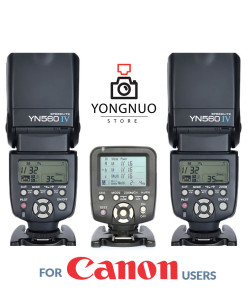
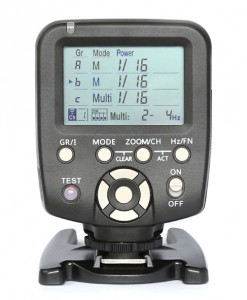 Quick View
Quick ViewYongnuo YN560-TX + 2x Yongnuo YN560 IV for Canon
Photography Lighting kits
$192.00 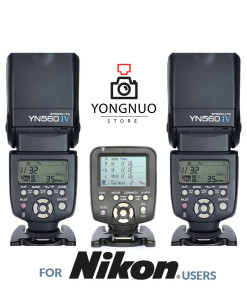
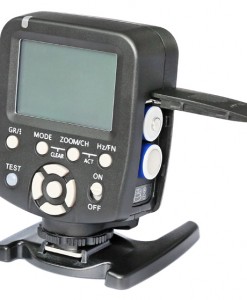 Quick View
Quick ViewYongnuo YN560-TX + 2x Yongnuo YN560 IV for Nikon
Photography Lighting kits
$192.00 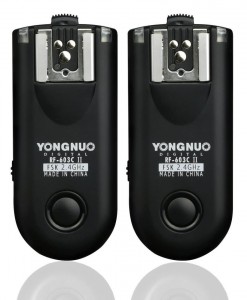
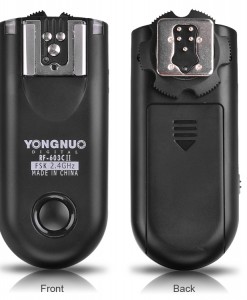 Quick View
Quick ViewYongnuo RF-603C II
Yongnuo Flash Triggers
$38.99 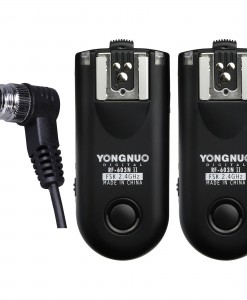
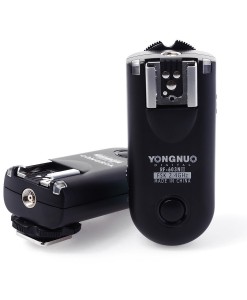 Quick View
Quick ViewYongnuo RF-603N II
Yongnuo Flash Triggers
$38.99 
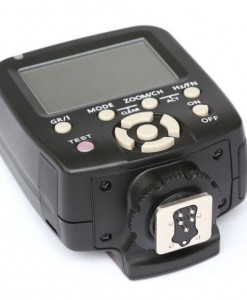 Quick View
Quick ViewYongnuo YN560-TX for Canon
Yongnuo Flash Triggers
$44.99 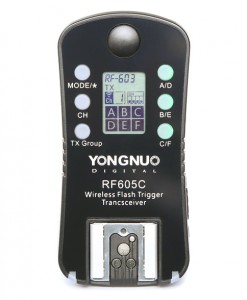
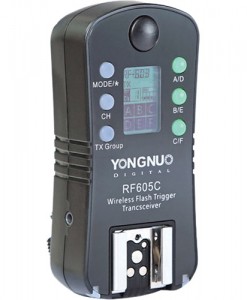 Quick View
Quick ViewYongnuo RF-605C
Yongnuo Flash Triggers
$48.99 
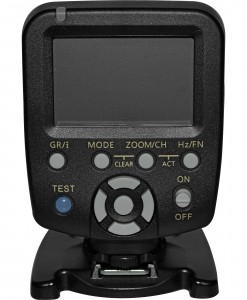 Quick View
Quick ViewYongnuo YN560-TX for Nikon
Yongnuo Flash Triggers
$44.99 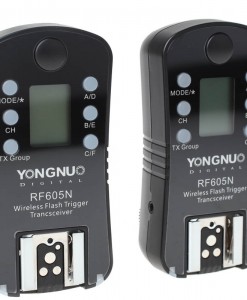
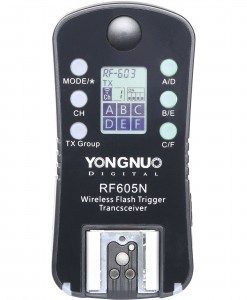 Quick View
Quick ViewYongnuo RF-605N
Yongnuo Flash Triggers
$48.99 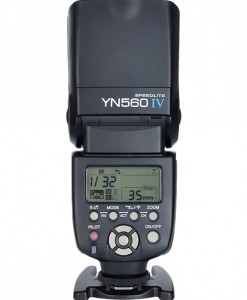
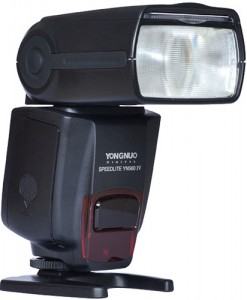 Quick View
Quick ViewYongnuo YN560 IV
Yongnuo Flashes
$82.99 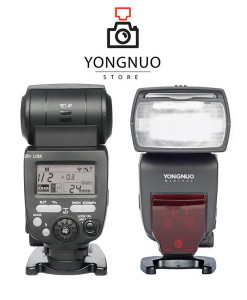
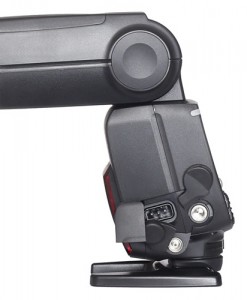 Quick View
Quick ViewYongnuo YN660
Yongnuo Flashes
$89.99 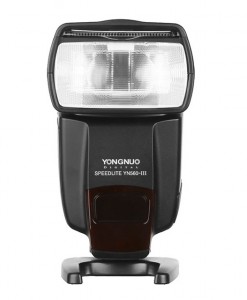
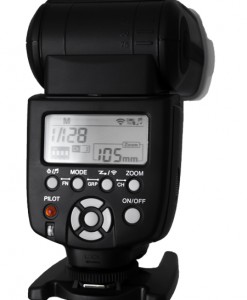 Quick View
Quick ViewYongnuo YN560 III
Yongnuo Flashes
$74.99 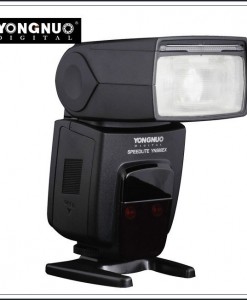
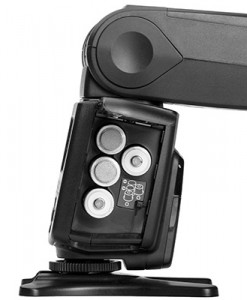 Quick View
Quick ViewYongnuo YN560EX
Yongnuo Flashes
$93.00
